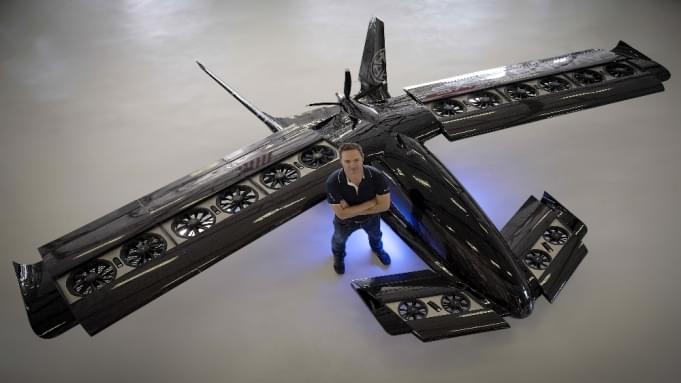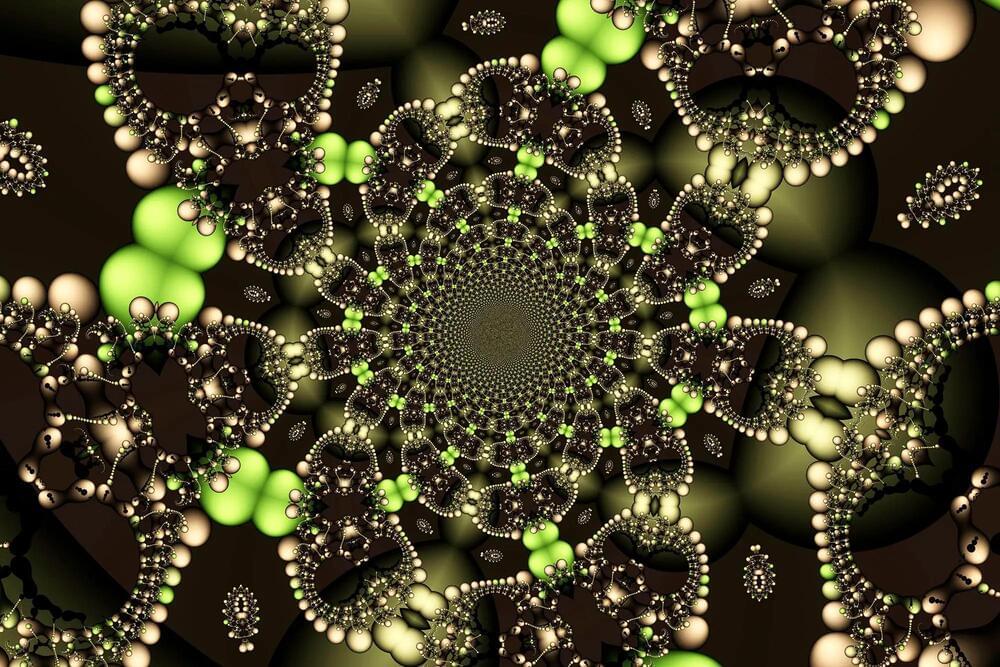Woah, we’re halfway there. The company behind the hotly anticipated eVTOL Cavorite X5 announced it has completed construction of a 50-percent-scale prototype of its stylish flying vehicle concept.
Horizon Aircraft impressed us last year when it unveiled the Cavorite X5, with the Toronto-based company showing that the usually utilitarian world of eVTOLs could afford a little more attractive form with its function. The sleek, canard-style plane can takeoff, soar and land like a conventional aircraft, but the wings can open to reveal 16 ducted fans that provide the aircraft’s vertical lift. Once at altitude, the wing closes as it transitions to cruising. This technology would allow the aircraft to fly 98 percent of its voyage in a low-drag configuration, much like a traditional aircraft. When Horizon builds its full-scale version of the eVTOL, it will be powered by a hybrid electric system that can recharge a battery in-flight.









